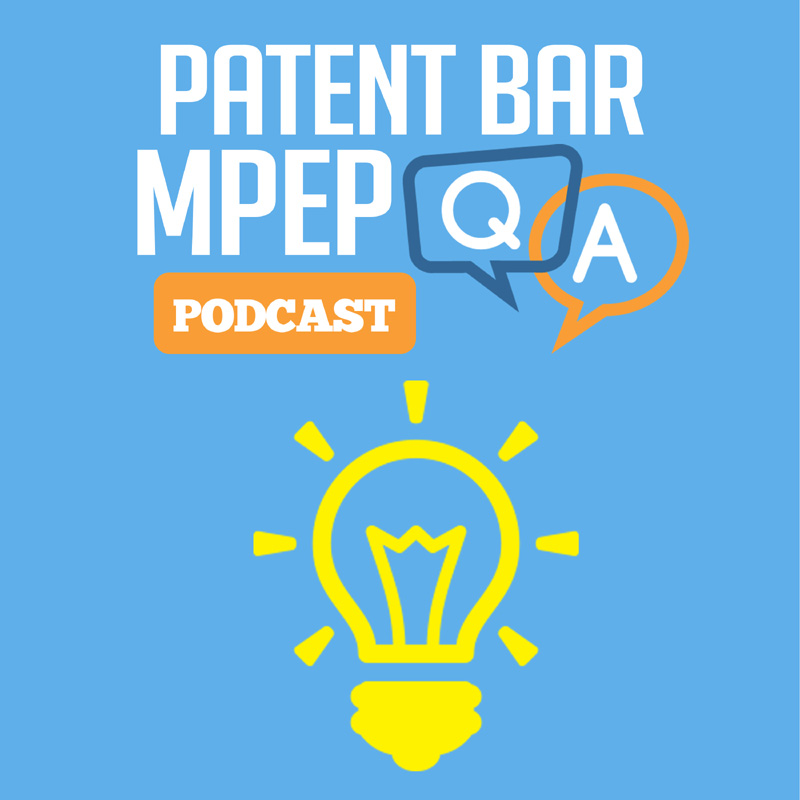MPEP 1700
Home > Patent Bar MPEP Breakdown > MPEP 1700 MPEP 1700 Miscellaneous Brief Summary: This chapter discusses several miscellaneous topics such as the restrictions placed on former examiners aiding in the writing or prosecution of a patent application. It also…

